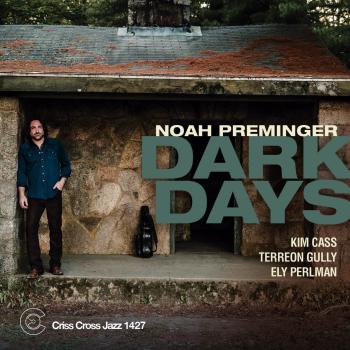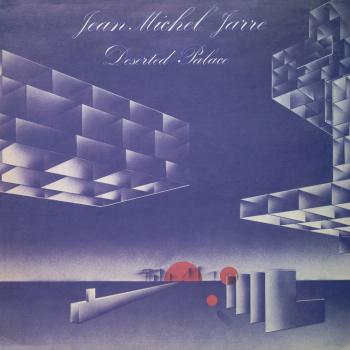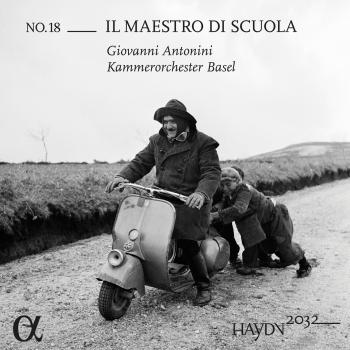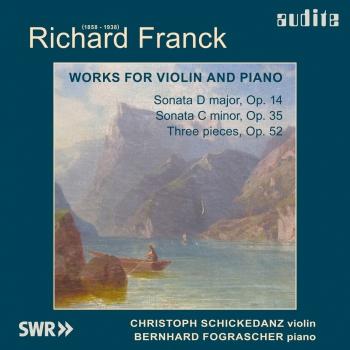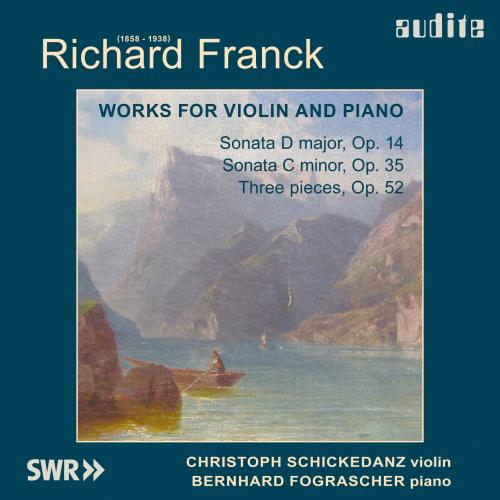
Richard Franck: Violin Sonatas Nos 1 & 2, Three Pieces, Op. 52 Bernhard Fograscher & Christoph Schickedanz
Album info
Album-Release:
2004
HRA-Release:
24.04.2020
Label: audite Musikproduktion
Genre: Classical
Subgenre: Chamber Music
Artist: Bernhard Fograscher & Christoph Schickedanz
Composer: Richard Franck (1858-1938)
Album including Album cover
- Richard Franck (1858 - 1938): Sonata No. 1 in D Major, Op. 14:
- 1 Sonata No. 1 in D Major, Op. 14: I. Allegro 07:33
- 2 Sonata No. 1 in D Major, Op. 14: II. Allegretto Grazioso 02:44
- 3 Sonata No. 1 in D Major, Op. 14: III. Adagio molto Espressivo 05:47
- 4 Sonata No. 1 in D Major, Op. 14: IV. Allegro 05:01
- Sonata No. 2 in C Minor, Op. 35:
- 5 Sonata No. 2 in C Minor, Op. 35: I. Allegro Moderato 07:59
- 6 Sonata No. 2 in C Minor, Op. 35: II. Allegro 01:49
- 7 Sonata No. 2 in C Minor, Op. 35: III. Adagio non Troppo 08:47
- 8 Sonata No. 2 in C Minor, Op. 35: IV. Finale - Allegro con Fuoco 07:07
- Three Pieces, Op. 52:
- 9 Three Pieces, Op. 52: No. 1 Elegie 04:32
- 10 Three Pieces, Op. 52: Allegretto No. 2 in D-Dur (Der Reiter von Sankt Karli) 03:02
- 11 Three Pieces, Op. 52: Perpetuum mobile No. 3 in C-Dur (So schnell als Möglich) 01:42
Info for Richard Franck: Violin Sonatas Nos 1 & 2, Three Pieces, Op. 52
This album with first recordings of works by Richard Franck is a continuation of the audite series of the works of the composers Eduard and Richard Franck. The principal creative phase of Richard Franck was during the transitional period between 1880 and 1910, a time marked by a radical change from the late romantic to the beginning of the modern era. It is within this field of tension that the music of Richard Franck moves.
In the Sonata No. 1 in D major, Op. 14 of 1890, the composer comes to terms for the first time with the then popular sonata form. Wholly typical of his time, Franck reflects the classical form without breaking out of it. The characters of the individual movements range from the powerful and inventive first movement to the waltz-like second and intimate third to the virtuoso final movement, in which the work comes full circle by taking up thematic material from the first movement again. The Sonata No. 2 in C minor, Op. 35 was composed in 1903. Richard Franck shows himself to be fond of development here, enlarging upon the compositional principles already mastered. The result is a highly diversified sonata, sometimes reminiscent of Brahms's way of developing motivic material. The three short Character Pieces, Op. 52 are among the last published woks of Franck. The Elegy has a resigned effect, like a farewell, followed by a humorous Scherzo; the final piece is a Perpetuum Mobile, a playful virtuoso piece in "flight of the bumble-bee" style.
Christoph Schickedanz, violin
Bernhard Fograscher, piano
Christoph Schickedanz
is a Professor at the Academy of Music and Theatre in Hamburg. A DAAD stipend enabled him to study at Indiana University in Bloomington, USA, where he met Bernhard Fograscher. This meeting was the cornerstone for a fruitful collaboration between the two artists. Bernhard Fograscher has been a prize winner at numerous competitions. He enjoys an active concert and recording career at home and abroad. The Schickedanz-Fograscher Duo has chosen to specialize in unusual repertoire combinations and unjustly neglected composers.
This album contains no booklet.



